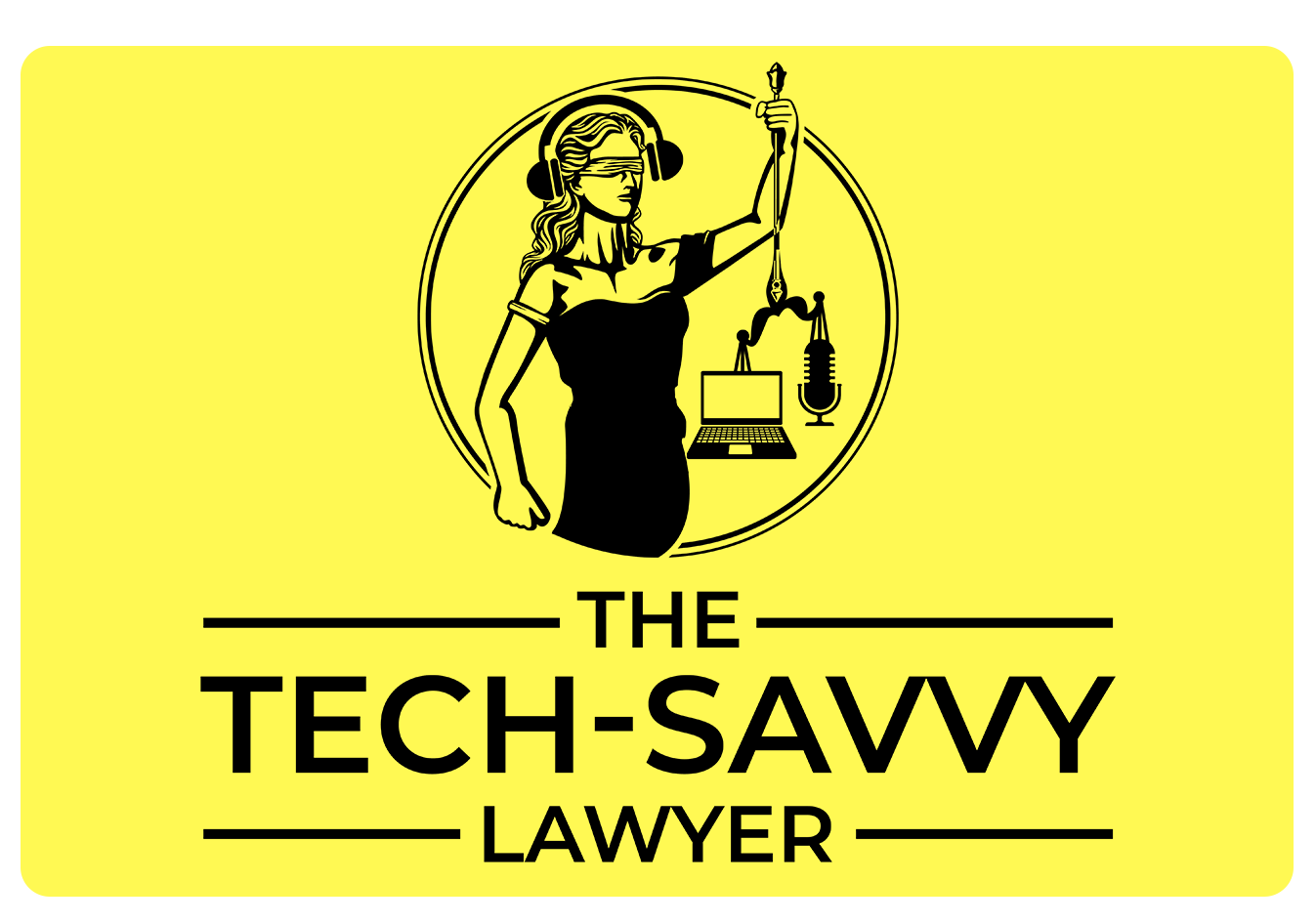Thunderbolt 4 established mandatory minimum requirements that ensure consistent performance across all certified devices. Unlike USB-C standards where many features remain optional, Thunderbolt 4 requires 40 Gbps data transfer speeds, support for two 4K displays or one 8K display, and PCIe bandwidth (data transfer capacity per lane measured in gigabytes) of 32 Gbps. This consistency proves valuable for legal professionals who need reliable performance across different office locations and court systems.
Thunderbolt 5 represents the next generation of professional connectivity, offering 80 Gbps bidirectional bandwidth with Bandwidth Boost capability up to 120 Gbps. This technology supports dual 6K displays, PCIe Gen 4 data throughput at 64 Gbps, and power delivery up to 240 watts. Legal professionals working with video evidence, virtual reality presentations, or large-scale document productions benefit significantly from these enhanced capabilities.
The Bandwidth Boost feature in Thunderbolt 5 dynamically allocates bandwidth based on demand, providing up to 120 Gbps in one direction while maintaining 40 Gbps for the return path. This asymmetric allocation proves particularly valuable for attorneys conducting video depositions or presenting multimedia evidence in court settings.
Power Delivery Standards and Legal Practice Applications ⚡
USB-C Power Delivery specifications directly impact your device's charging capabilities and overall reliability. Standard USB-C cables support up to 100 watts of power delivery, adequate for smartphones, tablets, and many ultrabooks (premium, lightweight laptop computers) used in legal practice. However, high-performance laptops commonly used for legal research and document preparation often require higher power delivery capabilities.
Thunderbolt 4 requires support for up to 100 watts of power delivery, with availability up to 140 watts for compatible devices. Thunderbolt 5 extends this capability significantly, requiring up to 140 watts with availability up to 240 watts of power delivery. This enhanced power capability proves particularly valuable for legal professionals who rely on high-performance laptops for complex tasks such as large document review, video depositions, or presentations requiring substantial processing power.
Professional legal work often involves extended periods away from traditional power source. Courts, client offices, and temporary workspaces may offer limited charging opportunities. Cables supporting higher power delivery can significantly reduce charging time, ensuring devices remain operational during critical professional activities.
Data Transfer Speed Requirements for Legal Workflows 📈
Data transfer speeds become crucial when legal professionals handle large files common in modern practice. Video depositions, high-resolution evidence photographs, and comprehensive case documentation can consume substantial storage space and require efficient transfer capabilities.
USB 2.0 speeds (480 Mbps) handle basic document transfer adequately but struggle with multimedia files. USB 3.2 Gen 2 provides 10 Gbps transfer speeds, offering noticeable improvements for larger file handling. Thunderbolt 3 and 4 deliver 40 Gbps, while Thunderbolt 5 achieves up to 80 Gbps with Bandwidth Boost reaching 120 Gbps.
Legal professionals working with video evidence, virtual reality presentations, or large-scale document productions benefit significantly from higher-speed cables. The time savings compound when transferring multiple gigabytes of case materials between devices or to external storage systems.
Thunderbolt vs USB4 v2: Understanding Professional Differences 🔄































